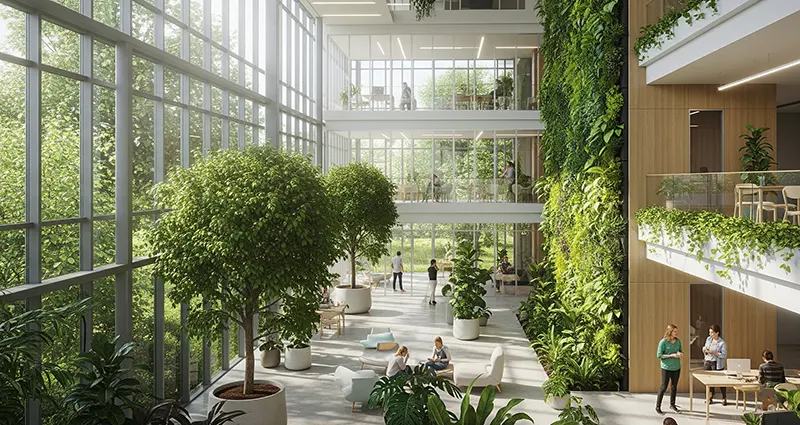The Benefits of Green Architecture for Indoor Air Quality and Health
In recent years, the focus on sustainable living has brought green architecture to the forefront of building design. Green architecture, also known as sustainable or eco-friendly architecture, incorporates environmentally responsible and resource-efficient practices throughout a building’s lifecycle. One of the most significant advantages of green architecture lies in its positive impact on indoor air quality and overall health. This article explores the key benefits of green architecture for indoor air quality and health, underscoring why it is an essential consideration for modern construction.
What Is Green Architecture?
Green architecture involves designing buildings that minimize environmental impact by optimizing energy efficiency, using sustainable materials, and enhancing occupant wellbeing. Core principles include natural ventilation, use of non-toxic materials, incorporation of plants and green spaces, and efficient HVAC systems.
How Green Architecture Enhances Indoor Air Quality
Indoor air quality (IAQ) is influenced by pollutants such as volatile organic compounds (VOCs), mold, dust, and … READ MORE ...











